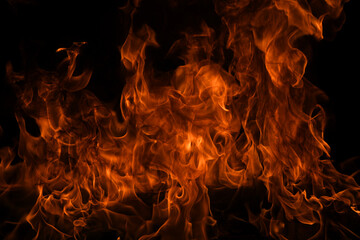A burn injury occurs when heat or a harsh substance damages the body’s skin and tissue. The outermost layer of the skin, the epidermis, is often affected by burns, but more serious wounds can impact the second layer (dermis), fat, muscle, and bones as well. If you were involved in a car accident, it is important for you to comprehend the various types of burn injuries that can arise. Work with a skilled Bergen County lawyer for experienced representation today.

What Types of Burn Injuries Can Arise in a Car Accident?
There are generally four types of burn injuries that commonly occur during car accidents, depending on the severity of the collision, position of the passengers in the vehicle, and other circumstances unique to the situation.
- Thermal burns: Thermal burns are some of the most common and result from contact with heat sources like flames, hot metals, scalding liquids, steam, and other substances that raise the temperature of the skin.
- Chemical burns: Chemical burns can also occur during a car accident when harsh chemicals contact the skin, like the airbag deploying, battery leaking, and exposure to other hazardous chemicals.
- Electrical burns: Individuals may sustain electrical burns during a car accident anytime an electric current flows through the body, like if the collision results in exposed electrical wiring, downed power lines, or some other system malfunction.
- Friction burns: Friction burns are not always recognized as a burn injury, but they are common in car accidents. When the skin rubs against an abrasive surface, it can cause heat and cuts on the body, like road rash.
How Are Burns Classified?
Regardless of the type, a burn can be categorized as first, second, third, or fourth degree, with first being the least severe and fourth being the most.
- First-degree burn: Only affects the epidermis and results in minor symptoms
- Second-degree burn: Impacts the epidermis and parts of the dermis, resulting in moderate symptoms
- Third-degree burn: Destroys the epidermis and dermis and has the potential to affect deeper layers of the body
- Fourth-degree burn: Destroys the epidermis and dermis and impacts the muscles, tendons, and bones beneath
Burns can be severe and their effects long-lasting. Some common symptoms of burns include redness, swelling, itching, burning sensation, blisters, peeling skin, blackened or charred skin, white skin, loss of sensation due to nerve damage, and more. Chemical and electrical burns can even result in internal injuries.
Understanding the different types of burns, as well as their associated classifications and symptoms, is crucial in ensuring you get proper treatment after your accident. For more information and to obtain skilled legal advice, schedule your free consultation with a personal injury lawyer today.


